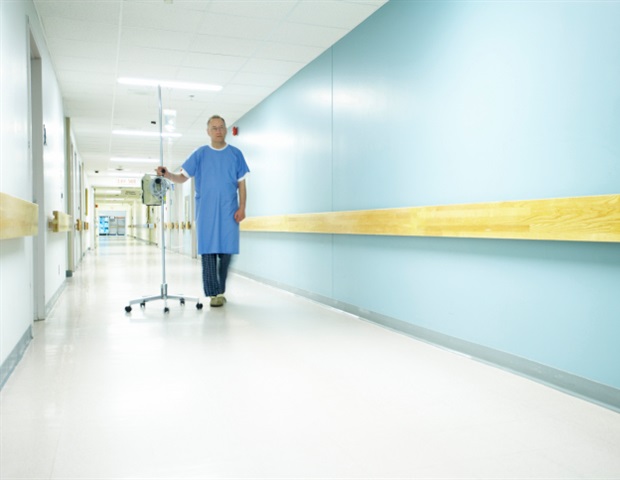
[ad_1]

Whereas debating the professionals and cons of robotically assisted lung transplantation, Albert Jauregui, MD, PhD advised attendees on the Annual Assembly and Scientific Classes of the Worldwide Society for Coronary heart and Lung Transplantation (ISHLT), at present in Prague that the time for robotic surgical procedure is now.
Though robots are generally used to help in surgical procedure, robotically assisted surgical procedure isn’t routinely used for lung transplants. Roughly 4,600 lung transplants are carried out yearly around the globe.
We have been doing robotically assisted, minimally invasive surgical procedures for lung most cancers for the final a number of years. Lung most cancers sufferers are already benefiting from robotic platforms to make their surgical procedure much less invasive, however sufferers who want a lung transplant are nonetheless being provided an aggressive surgical procedure. For our group, it did not make any sense. We felt like issues needed to begin altering.”
Dr. Albert Jauregui, Chief of the Thoracic Surgical procedure and Lung Transplant Division, Vall d’Hebron College Hospital in Barcelona, Spain
In February 2023, Dr. Jauregui’s group carried out Spain’s first robotically assisted single-lung transplant; three months later they carried out a second single-lung transplant. Each sufferers confirmed good enchancment within the postoperative interval and wanted solely gentle medicine for the ache brought on by the surgical procedure.
“We completed our principal goal for this minimally invasive strategy, which was to scale back the dimensions of the surgical incision and the necessity for highly effective ache medicine that intervene with wound therapeutic,” mentioned Dr. Jauregui. “We’re proud of the end result of the primary lung transplant sufferers with robotic surgical procedure, however we have now to proceed working to have the ability to supply this sort of surgical procedure to extra sufferers.”
Dr. Jauregui’s group spent hours within the lab performing robotically assisted surgical procedures with artificial lungs earlier than transferring to massive animal fashions. By deflating the lung and counting on the pores and skin’s flexibility, surgeons found they may use a smaller incision beneath the sternum to take away and insert the lungs.
“Lung transplants are a really robust process, from donor choice by the surgical procedure to the postoperative interval,” mentioned Dr. Jauregui. “Not like different organs which can be all protected contained in the physique, the lungs are related to the surroundings by respiratory. It is one of the vital troublesome organs to transplant.”
After the 2 profitable robotically assisted lung transplants, Dr. Jauregui’s group started working with a medical machine firm to develop design robotic devices particularly for lung transplantation.
“Our subsequent purpose is to carry out a bilateral lung transplant,” he mentioned. “We plan to carry out 5 robotically assisted procedures this yr and 10 subsequent yr.”
One other goal for Dr. Jauregui’s division is to disseminate the brand new method to extra lung transplant applications.
“We consider that lowering surgical aggression is best for sufferers, nonetheless, we’d like a higher variety of procedures to substantiate our idea,” he mentioned.
Co-presenter Konrad Hoetzenecker, MD, PhD, director of the Vienna Lung Transplant Program in Austria, acknowledged that “preserving the incisions as small as potential has lowered surgical trauma in lung most cancers sufferers, trying to do the identical with lung transplants sounds at first sight cheap.”
“Nonetheless, the strategy of robotic lung transplantation is untimely, and it’s questionable whether or not a robotic platform will ever be appropriate to help lung transplantation,” he mentioned. “Not like different thoracic procedures, surgical time is a necessary issue for the performance of the implanted donor organ. Using a robotic in lung transplantation means longer operation occasions and this poses a major risk to graft perform and the survival of a affected person.”
Dr. Hoetzenecker underlined that robotic platforms want vital additional improvement earlier than they may ultimately develop into an possibility for lung transplantation.
[ad_2]